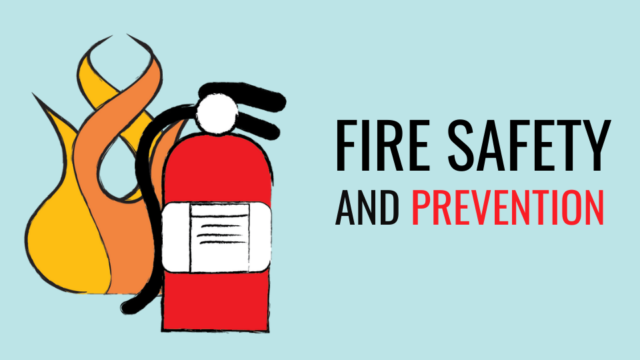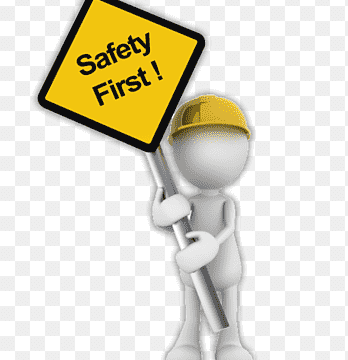Popular
Forklift Operator Training
Description
Forklift Operator Training
Duration: 1-2 days (dependent on participant skill level and company requirements)
Target Audience: New forklift operators, experienced operators seeking certification, or workers needing refresher training.
1. Course Outline
Module 1: Introduction to Forklift Operations
- Overview of forklift types and uses
- Importance of safety in forklift operations
- Legal and regulatory requirements (e.g., OSHA standards or local laws)
Module 2: Forklift Components and Functions
- Key parts of a forklift (mast, carriage, forks, counterweight, etc.)
- Controls and instrumentation
- Understanding load charts and capacity
Module 3: Pre-Operation Inspection
- Daily inspection checklist
- Identifying and reporting forklift defects
- Understanding forklift maintenance basics
Module 4: Safe Operating Practices
- Proper startup and shutdown procedures
- Load handling and stability (center of gravity, load balance)
- Navigating obstacles and confined spaces
- Understanding site-specific hazards
Module 5: Practical Skills Training
- Hands-on forklift operation (loading, unloading, stacking, etc.)
- Safe movement with and without loads
- Emergency stop procedures
- Maneuvering on inclines, ramps, and uneven surfaces
Module 6: Accident Prevention and Emergency Response
- Common forklift hazards and how to mitigate them
- Steps to follow in case of an accident or emergency
- Case studies of forklift-related incidents
Module 7: Assessment and Certification
- Written test to assess theoretical knowledge
- Practical evaluation of forklift operation skills
- Issuance of certification upon passing
2. Course Objectives
By the end of the course, participants will be able to:
- Understand the fundamental principles of forklift operation and safety.
- Identify and mitigate risks associated with forklift use.
- Perform daily inspections to ensure equipment functionality and safety.
- Operate a forklift confidently and safely in various scenarios.
- Comply with legal and regulatory requirements for forklift operations.
3. Learning Outcomes
Upon successful completion, participants will:
- Demonstrate knowledge of forklift components, controls, and functions.
- Perform thorough pre-operation inspections and identify potential hazards.
- Operate forklifts safely, efficiently, and in compliance with regulations.
- Exhibit proper load handling techniques, ensuring load stability and safety.
- Respond effectively to forklift-related emergencies.
4. Methodology
Instructional Methods:
- Classroom Training: Interactive lectures, multimedia presentations, and group discussions to cover theoretical knowledge.
- Demonstrations: Live demonstrations of pre-operation checks and proper forklift use.
- Hands-On Training: Supervised practical exercises using forklifts in a controlled environment.
- Case Studies: Analysis of real-world forklift incidents to reinforce learning.
- Role-Playing Exercises: Emergency response simulations.
Assessment Methods:
- Written Test: Multiple-choice or short-answer questions to evaluate theoretical understanding.
- Practical Test: Participants demonstrate forklift operation skills, with performance feedback.
Training Aids:
- Forklift simulators (if available) for beginners to practice in a virtual environment.
- Visual aids, such as videos, diagrams, and infographics.
- Checklists and handouts summarizing key information.
Delivery Mode:
- In-Person Training: For hands-on practice with actual forklifts.
- Blended Learning (Optional): Combine online modules for theory and in-person practical sessions.
Location
Review
Write a ReviewThere are no reviews yet.




















